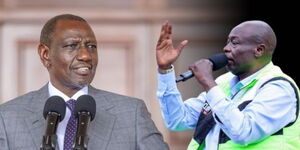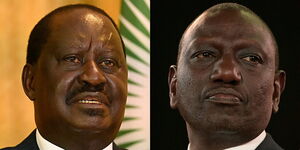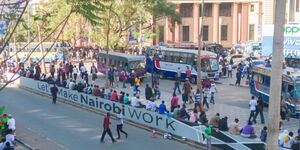The 27-km Nairobi Expressway is now open to the public.
The road - which is President Uhuru Kenyatta's flagship project - was opened on Saturday, May 14, with motorists allowed to use it.
However, the opening is on a trial basis and will allow the operators of the road together with the government to establish any loopholes that need to be sealed.
In video clips taken Saturday morning, motorists can be seen cruising on the new road. The toll stations did not, however, experience congestion by the virtue of the road being opened on a weekend.
The road was also not very busy as only a few motorists were using it by the time of going to press.
Transport Cabinet Secretary, James Macharia, stated that so far 11,000 thousand vehicles have registered to use the road and about 7,000 have enlisted to use the Electronic Toll Collection (ETC) system.
“The expressway is going to help decongest the city, we are excited to launch it this morning,” he stated.
The CS added that the government is set to rehabilitate the old Mombasa Road at a cost of Ksh9 billion to also incorporate a Bus Rapid Transit (BRT) line.
The opening of the Nairobi Expressway brings to an end months of anticipation.
The elevated road, which cost Ksh88 billion, is expected to ease traffic especially along the busy Mombasa Road, and link Westlands to the Jomo Kenyatta International Airport (JKIA).
To use the road, motorists have to register for access to the Manual Toll Card (MTC) and Electronic Toll Card (ETC) as an alternative to the cash mode of payment. At the moment, mobile money payments are not allowed.
There are a total of 11 toll stations and 27 toll plazas. The difference between the two is that the plaza comprises the entrance and exit routes while the stations encompass the two.












